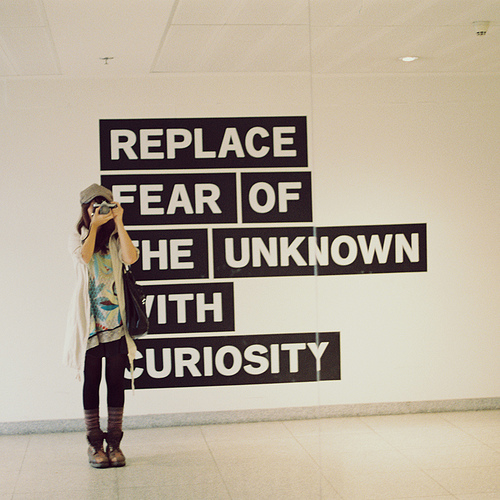Have you thought about your brain lately?
In 1990 President George Bush issued a proclamation making the nineties the “Decade of the Brain.” People were beginning to realize that the advancements in technology were advancing the field of neuroscience to new heights.
Electro encephalography (EED) measures the changes in electrical voltage in the neurons in the brain. Magneto encephalography (MEG) uses highly sensitive magnetometers to measure the electrical currents produced by brain activity. Functional magnetic resonance imaging (FMRI) measures changes in blood flow during brain activity.
Since all science is based on observation, these new technologies have allowed researchers to study the human brain in ways never before possible. What have we learned, and has it really affected teaching and learning? The answer is as complex as the brain itself.
We have learned that the brain continues to change well past childhood and that it changes based on a person’s experiences and learning. Although the brain stops growing at age 18, it continues to make new connections throughout life. For some time, teachers have accepted that each child learns differently which has made strategic designing of lessons mandatory.
One of the most dynamic times during the brain’s development is right before puberty when the frontal cortex experiences an unexpected growth spurt, and the gray matter begins to thicken and rapidly grow connections. The older teen brain differs dramatically in anatomy, biochemistry, and physiology from the childhood brain.
In 2002, PBS’s Frontline aired a program titled “Inside the Teenage Brain” which you can still watch online. Several points are made about how the changing of their brains should affect how we deal with teenagers.
Cognitive skills are still being built in the teenage brain, and the skills of judgment and decision-making are immature and that actually causes the risky behavior that we sometimes see. You might say that the teen tends to be mentally clumsy, just like they are sometimes physically clumsy.
 Just when parents begin to allow kids to stay up a little later and might actually lose control of bedtime, the child’s sleep need increases to 9.5 hours per night. The average teens get 7.5 hours per night which makes them operate at a deficit.
Just when parents begin to allow kids to stay up a little later and might actually lose control of bedtime, the child’s sleep need increases to 9.5 hours per night. The average teens get 7.5 hours per night which makes them operate at a deficit.Strategies like allowing the student to catch up on sleep on the weekends and having later start times for school have been explored. Some researchers think that the number of hours of sleep that the student regularly gets is a better predictor of college success than SAT scores.
Other tips for parents include reading aloud and having conversations with children, which promotes brain development. Studies have shown that students who ate lunches that did not include artificial flavors, preservatives and dyes did 14% better on IQ tests.
By the way, the technical word for that problem of not being able to remember a word or name that’s on the tip-of-your tongue is called anomia. Yep, I’ve got that!

